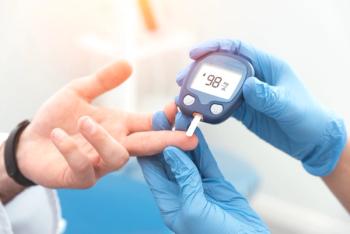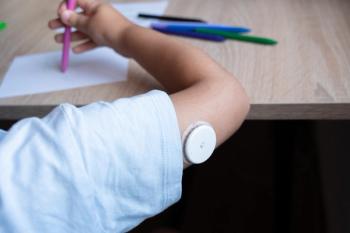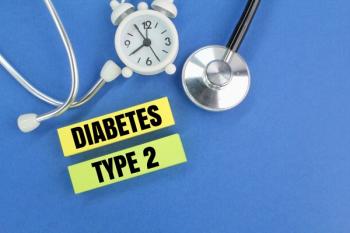
Approaching Prevention and Management of Diabetes
Dr Elaine M. Apperson shares diabetes prevention strategies and mitigating disease complications in the pediatric population as well as advice for health care practitioners managing the disease.
Episodes in this series

Elaine M. Apperson, MD: Getting to know families and patients with diabetes has been a real privilege and honor in the scope of my practice. More than anything, you begin to realize that they have no option but to get up every day and face their diabetes, knock it down for the day, go to bed, and do it all over again. Whatever their effort was yesterday, they don’t really get to bank that and skate on the next day. They really have to do it all over again. Because of that, you don’t want any other members of the family, or they themselves to have to do that day after day.
Through antibody screenings, we want to prevent diabetes as much as possible. That is a complex endeavor. For decades we’ve been trying to cure diabetes, and for decades we’ve tried to prevent diabetes. The immune system has a definite mind of its own. I think of it like a military. A military has many divisions and doesn’t use just 1 division to come at you from 1 angle. With research, we are able to look at different ways that the immune system attacks the beta cell, and we have come up with various angles to try to prevent the immune system from attacking the beta cell from various angles. Thus far, unfortunately, we don’t have something widely available that prevents all the ways in which the immune system can attack the beta cell. We are definitely trying, but as yet nothing has been totally successful. It could be that in the future, there are going to be several different agents that will need to be used to shut down that attack.
Other ways that we think about how we can get a child to continue to have functioning beta cells is by infusing those cells or creating those cells. One of the challenges there is to, if we create those cells, we want to make sure that those cells can make insulin, but we don’t want them to make insulin all the time. Obviously, we only want them to make insulin when the blood sugar is at a certain level, and we want them to stop making insulin when the blood sugar starts to fall, just like our own insulin cells do in such a miraculous way all of the time. This has been a decades-long process, and the number of people who are dedicated to making this work are boundless. Many of them have diabetes or they know someone who has diabetes, and this is their life’s work and passion. We are so lucky to have them working day and night on this cause.
As they do that work, we still want the best quality of life for those patients we see and their families. We want them to be able to carry on playing softball and T-ball, going to school, going to parties, going on field trips, doing everything they want to do, and just incorporating diabetes into their lives. So, one of the exciting things we’ve witnessed as providers is technology evolving to help them do those things. Many of our patients here have not checked a finger-stick blood sugar level in a very long time, and they have not given themselves a shot in a very long time. They wear a continuous glucose sensor and an insulin pump, and over the past year to year and a half, those devices, the sensor and the pump, have been talking to one another and delivering insulin on an automated basis. That has provided a great improvement in glucose control for those patients. The complications that we mentioned earlier are becoming less common, and we love to see that.
We won’t ever drop our pursuit of a complete, 100% cure, but a lot of work is going on in a lot of avenues, and we hope it all works because that’s what we do, and that’s what we’re here to do. In the meantime, we’ll take care of these patients one by one and ensure that we do our best for them. They didn’t ask for this, and as soon as we can rid them of this burden, the better off they will all be, and we’ll all be very happy for them.
On occasion, diabetes can be a great pretender. A child might show up to your office just with complaints of abdominal pain, or with a complaint of fatigue. A child doesn’t always show up with classic symptoms of weight loss, increased thirst, and increased urination. If the complaint seemed vague, and you aren’t really sure what’s going on, but the child just has a bit of malaise, it is never a bad idea to get a finger stick for blood sugar and a urinalysis. The urinalysis will show you whether there are any ketones, and if the child’s spilling blood sugar. The glucose test will show you whether there’s any hyperglycemia. With those tools, you can rule out whether the abdominal pain, if there is such, is a product of ketosis. You can also see whether the blood sugar has been over 200 mg/dL and the child is spilling glucose in their urine, and obviously, the point-of-care glucose test shows you whether they are hyperglycemic. Those 2 simple points-of-care tests will give you a wealth of information and will essentially rule out new onset diabetes for you with each child who has vague complaints.
Transcript Edited for Clarity
Newsletter
Access practical, evidence-based guidance to support better care for our youngest patients. Join our email list for the latest clinical updates.












